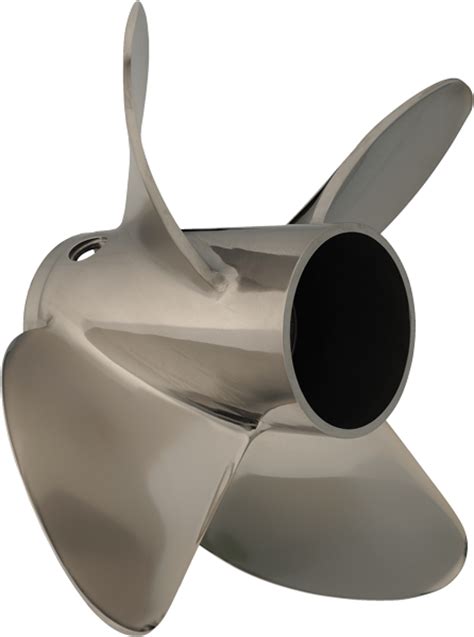What Causes Outboard Propeller Ventilation?
Propeller ventilation is often confused with cavitation. For information about cavitation, see our What is Propeller Cavitation post.
Propeller ventilation is when surface air or exhaust gasses are drawn into the propeller blades. When this occurs, boat speed is lost, and engine RPM increases rapidly.
What causes Propeller Ventilation?
Propeller Ventilation can result from:
- excessively tight cornering
- a motor that is mounted very high on the transom
- over trimming the outboard motor or sterndrive
- concave hull damage causing the transom to lift and pulling the propeller toward the water’s surface
Can propeller ventilation ever work to your advantage?
Occasionally, venting a propeller can be used for positive results. In a stainless-steel outboard propeller, vent holes behind the blade can be used to introduce bubbles which add turbulence that allows the propeller to spin a bit faster. This will raise RPM for a quicker hole shot that does not affect top-end speeds. It can be helpful for boats that have difficulty getting onto plane, since it allows the engine to turn at higher RPMs. If your boat prop did not come with pre-drilled vent holes, we can add them! This is not always a recommended option.
Reach out to our boat propeller repair experts for your outboard ventilation problem, we can tell you how to fix propeller ventilation or possibly how to stop outboard ventilation before it starts.
Still have a boat propeller ventilation question? Call 253-272-5065 or email us at sales@tacomapropeller.com



